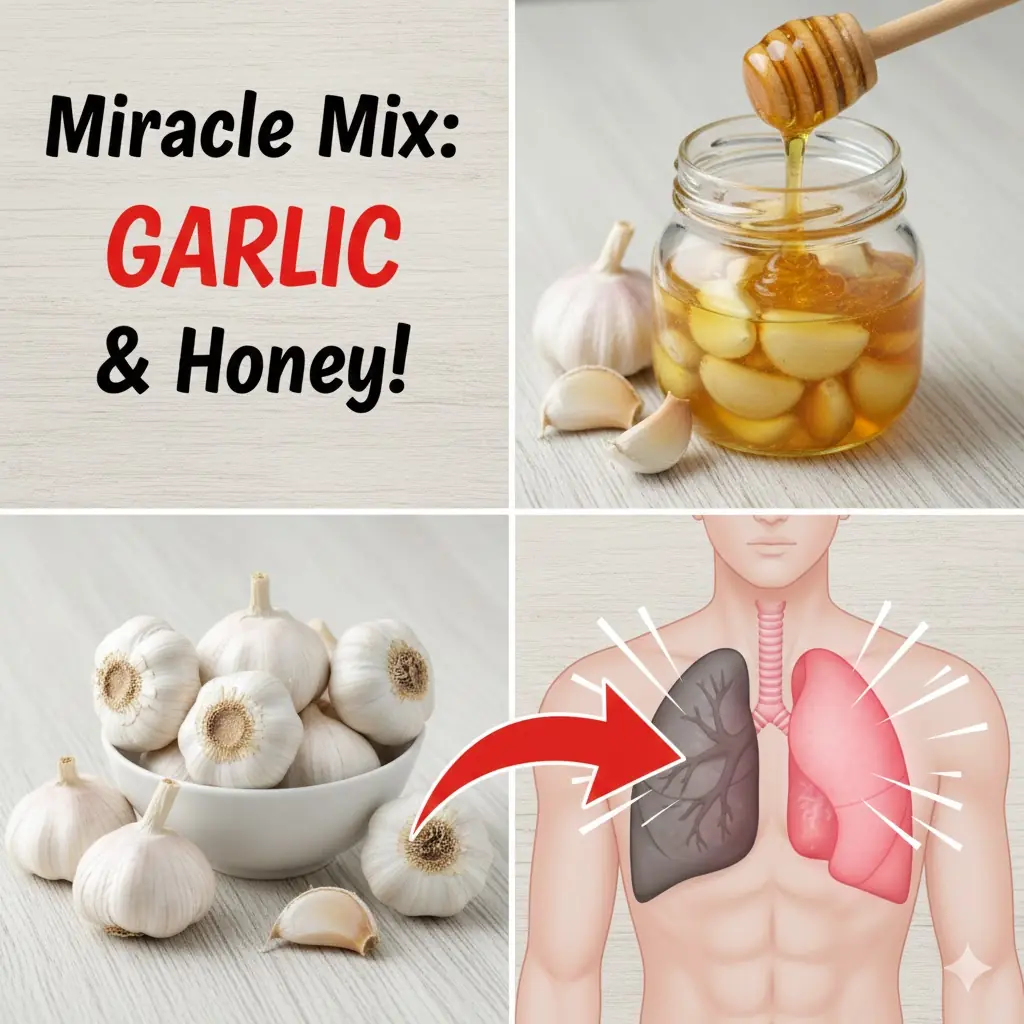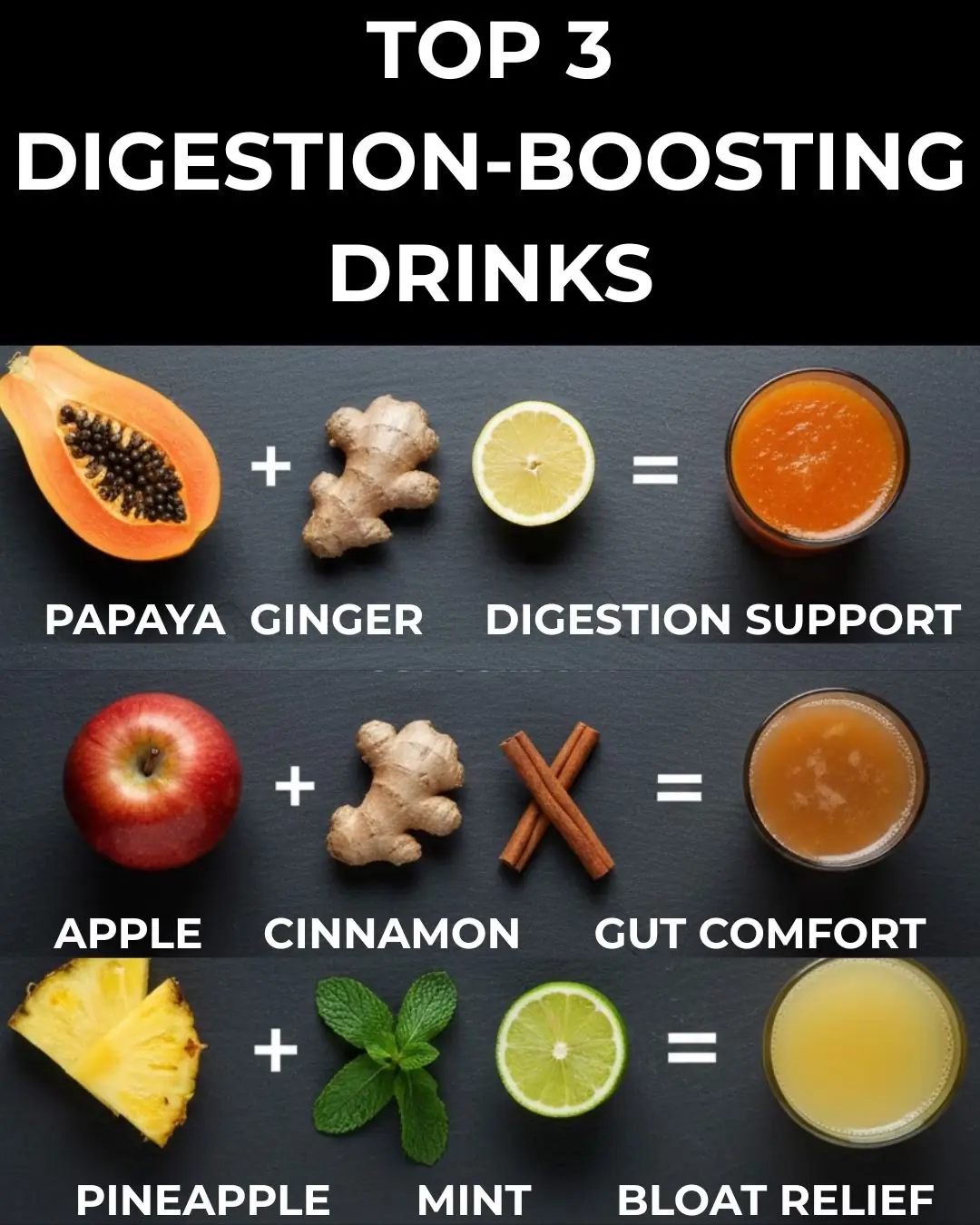
What Is SPAM Meat? History, Origin, Ingredients, and How It Became a Global Food Icon
When people hear the word SPAM, some think of unwanted emails, while others picture the blue-and-yellow can that’s been sitting on grocery store shelves for generations. But behind this simple-looking product lies a fascinating journey through history, innovation, and culture.

The Origin of SPAM Meat
SPAM was first introduced in 1937 by Hormel Foods in Austin, Minnesota. At the time, the United States was recovering from the Great Depression, and there was a high demand for affordable, shelf-stable protein. SPAM met this need perfectly — a canned meat that could be stored for months without refrigeration, making it an accessible and convenient food for millions of households.
SPAM’s Role in World War II
Its popularity exploded during World War II. “It cemented its place in the culinary world during World War II, due to its ability to be stored for long periods of time,” says James Schend, food editor at Taste of Home. “It could be easily shipped around the world.” Soldiers relied on SPAM in the field, and it soon became a staple in many countries where U.S. troops were stationed.
Today, SPAM is sold in 44 countries with flavors tailored to local tastes — from Teriyaki in Japan to Jalapeño in the U.S. There are now 15 varieties in total, and whether you love it or not, you can’t deny its worldwide presence. Austin, Minnesota, even opened the SPAM Museum in 2016 to celebrate its rich history.

What Is SPAM Made Of?
Despite being labeled by some as “mystery meat,” SPAM is surprisingly simple. According to the official brand site, it contains only six ingredients:
-
Pork (including ham)
-
Water
-
Salt
-
Sugar
-
Potato starch
-
Sodium nitrite (a preservative that helps maintain freshness and quality)
The process is straightforward: ground pork and ham are blended with the other ingredients, rested for about 20 minutes, packed into vacuum-sealed cans, cooked at high temperatures, boiled, cooled for three hours, and finally labeled for sale.

A Global Food Icon
From its role in helping families during tough economic times to feeding soldiers during wartime, SPAM has gone from a Depression-era innovation to a beloved cultural symbol. More than 8 billion cans have been sold, proving that this iconic canned meat has secured its place in both kitchens and history books.
Whether you see it as a nostalgic comfort food or a quirky culinary choice, SPAM’s story is a reminder that sometimes the simplest ideas have the longest-lasting impact.
News in the same category


No Fines, No Enforcement: How Trust Worked During Japan’s Toll System Failure

This “Easy” Puzzle for Kids Is Completely Stumping Adults

Beavers Build a Dam in the Czech Republic, Solving a Years-Long Environmental Problem

Social Media Users Agree on the Most Painful Physical Experience — and It’s Not What You’d Expec

James Webb Space Telescope Reveals Hidden Mid-Infrared Flares from the Milky Way’s Central Black Hole

New Vision Correction Technique Reshapes the Cornea Without Surgery

Feeling Relieved Without Your Partner? A Psychologist Says It’s a Warning Sign

A Woman Risked Everything to Save Her Dog—But Hazel’s Story Ended in Tragedy

Can Vitamin D Help People Live Longer After Cancer? New Research Suggests Yes

Dermatologists Explain How Frequently You Should Change Your Underwear

That Tiny Grey Dot from Childhood Is Actually an Accidental Tattoo

A Single Injection Could Redefine Shared Responsibility in Contraception

Only 1 in 10 People Get This Simple Math Problem Right

Scientists Find New Way to Eliminate Dangerous Visceral Fat

Why Eating Late at Night May Be Ruining Your Weight Loss Goals

When Loyalty Is Returned with Kindness: Toby’s Second Chance at Life

A Historic Milestone in Telesurgery: Real-Time Robot-Assisted Operation Across Continents

What a Major Medical Review Reveals About the Health Effects of Medical Marijuana

Long-Term Research Suggests Frequent Ejaculation Is Linked to Lower Prostate Cancer Risk
News Post

Baby Name Expert Predicts the Most Popular Naming Trends for 2026

Don't be fooled by their supposed health benefits; these 3 fruits are secretly damaging your liver

Early signs of stroke should not be ignored, regardless of age

Surprising Health Benefits of Eating Ginger Every Day

Bizarre theories about people who have ‘never broken a bone’

The Lasting Power of Soulful Connection: How Kindness Leaves an Eternal Imprint

Olympian Gus Kenworthy Rescues 90 Dogs From South Korean Meat Farm, Turning Compassion Into Action

Crush Papaya Leaves Every Night – Your White Hair May Start Turning Dark and Growing Like Crazy by Morning

Brad Paisley and Kimberly Williams-Paisley Spread Holiday Joy by Giving 1,000 Christmas Gifts to Children in Need

Over 60? 10 Early Dementia Warning Signs You Must NEVER Ignore (Catch Them Before It’s Too Late)

The Cheapest Superfood Most Seniors Overlook That Could Transform Bone Health After 60

9 Hidden Garlic & Honey Benefits at Night (99% Don’t Know)

Boil Cinnamon, Cloves, Garlic, Ginger, Lemon & Onion for 15 Minutes – Your Body Will Feel the Difference by Day 3

Discover Oregano: The Golden Herb That May Gently Support Your Eye Health

The Cardiovascular Benefits of Pomegranate Juice: Scientific Evidence and Mechanisms

How to Grow Your Nails Really Fast and Long in Just 10 Days

You don’t need complicated supplements to support digestion.

This Flight Landed Before It Took Off — Thanks to Time Zones

The Legendary 2004 Harvard–Yale Prank That Outsmarted the Crowd and Made History
